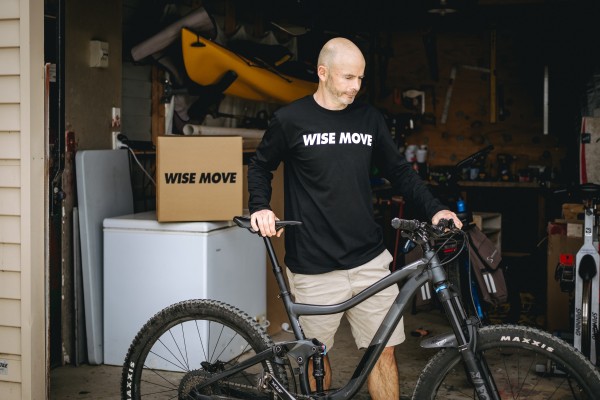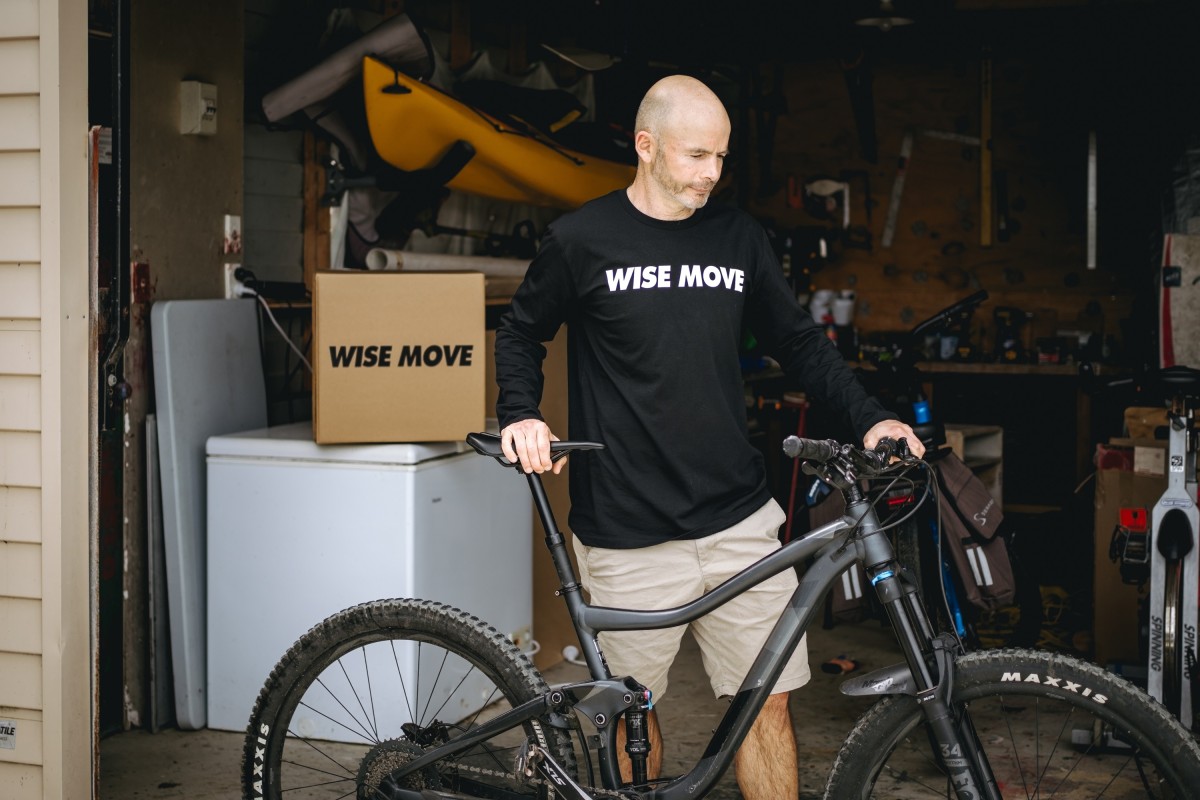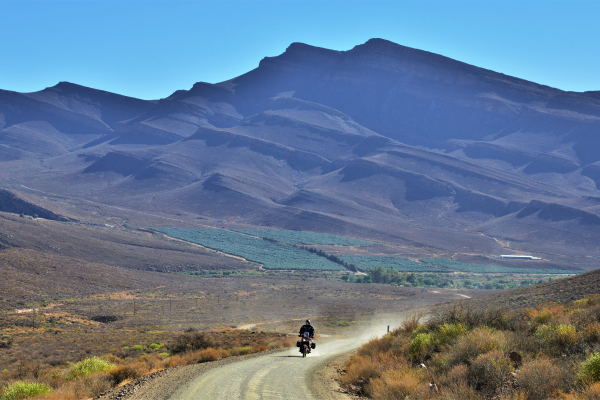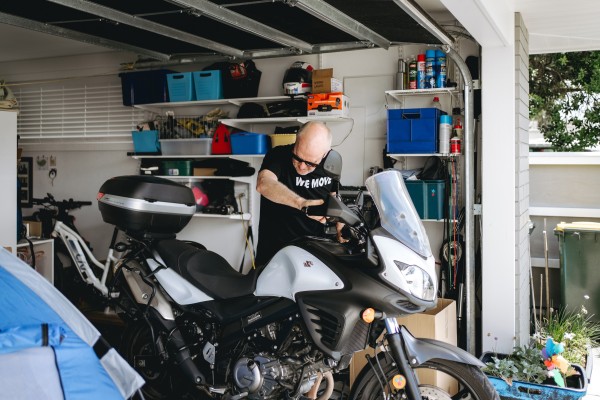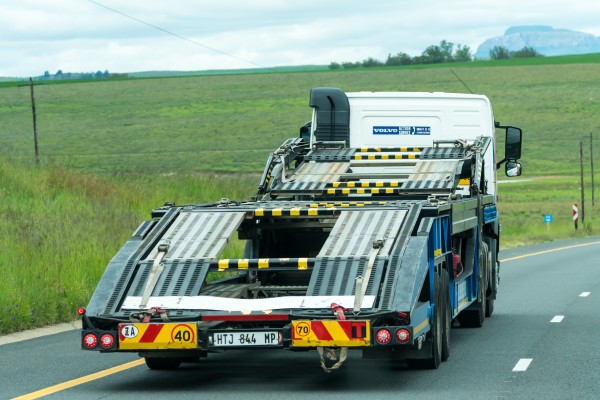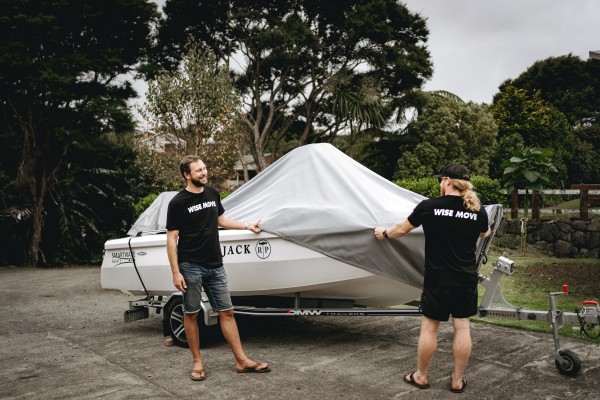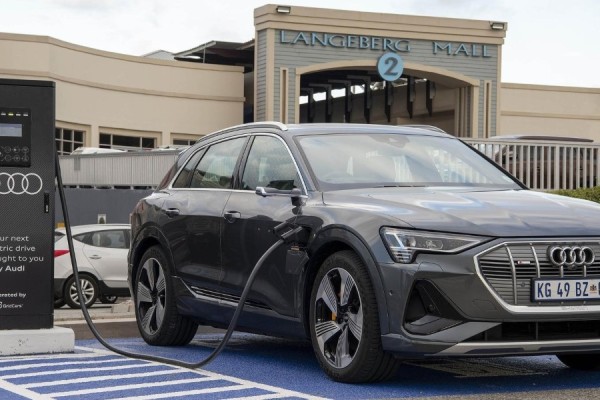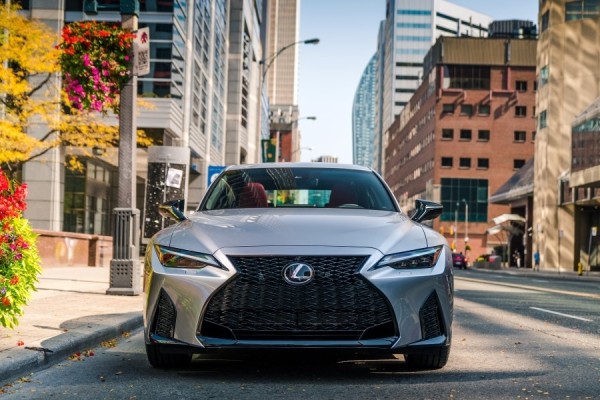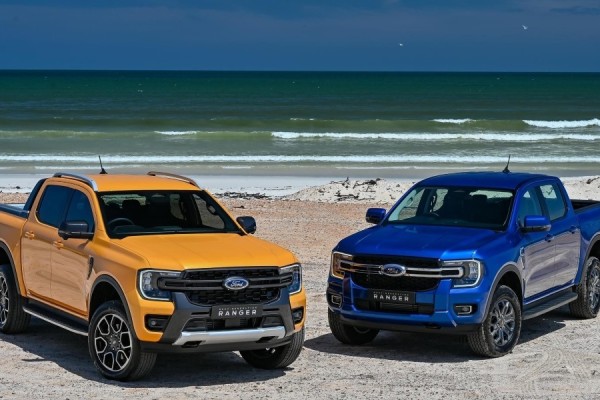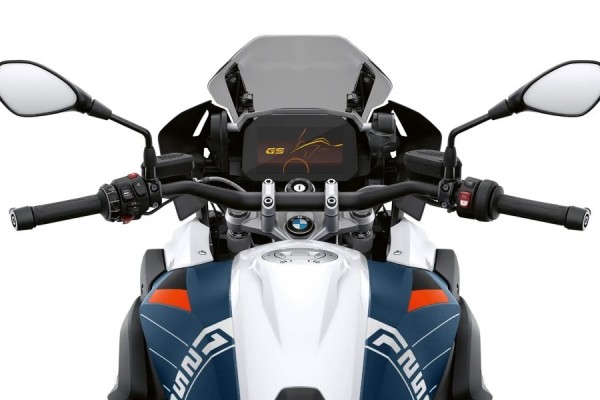Tips for buying a new mountain bike


You might never enter and finish the Cape Epic, but if you're moving to an area with a lot of outdoor trails, riding a mountain bike for mindfulness, fitness and fun will soon become one of your go to pastimes.
South Africa has excellent mountain biking weather. We don’t get heavy snowfall or months of driving rain, converting mountain bike trails to an unrideable quagmire. As local trail networks have expanded, more South Africans are choosing mountain biking as their outlet of activity.
The market has responded with a dazzling selection and diversity of bikes, brands and accessories. And it can be hugely confusing to newbie riders when attempting to buy that ideal mountain bike for their intended purpose and available budget.
Marketing and hype in the mountain bike market are about upselling, but most riders don’t require an expensive mountain bike.
To ensure you don't suffer buyer's remorse, there are avoidable mistakes to be aware of when shopping for a mountain bike. When considering a new mountain bike, we’ve listed some essential decision points to help guide you in the buyer’s journey.
1) Some weight matters – and some doesn’t
All cyclists obsess about weight. Because the lighter your bike is, the faster or further you can ride, in theory, for the same effort.
But there’s a lot of misinterpretation about mountain bike weight. Expert riders often say that a bike ‘rides lighter than its weight’. What do they mean by that? It’s the difference between rotational mass and static weight – also called sprung mass.
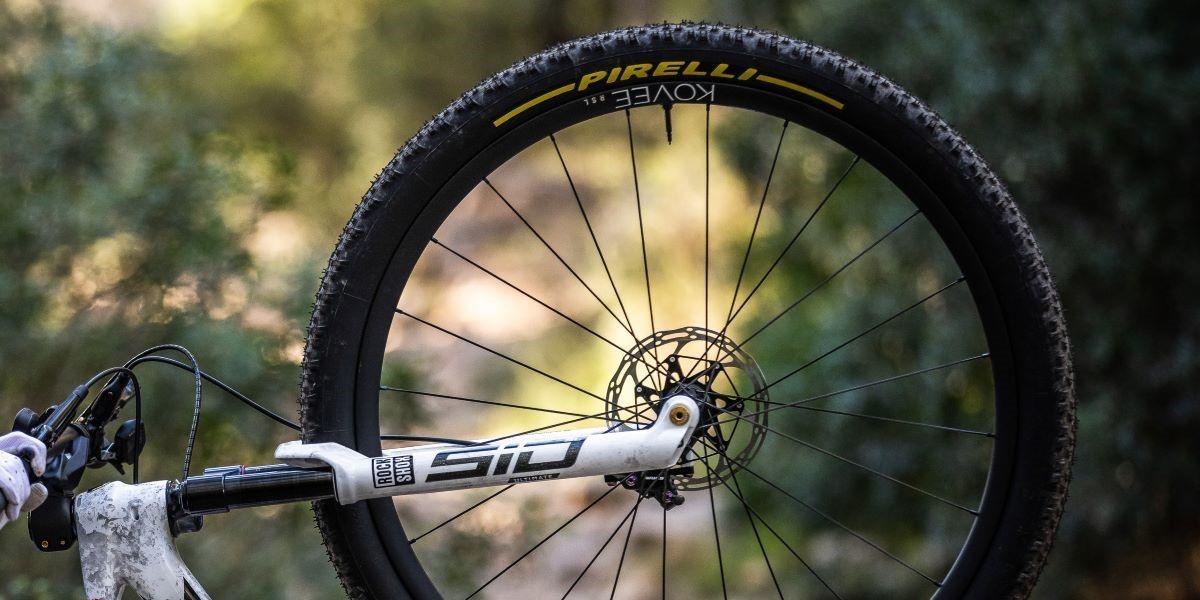
Some simple categorisations. Rotational mass is anything on your mountain bike that turns through a full rotation. These components are wheels (tyres, rims, hubs), your drivetrain’s crankset, cassette, pedals and bottom bracket. Because all these components rotate, any weight you can trim, has a much greater benefit on your riding efficiency than a lighter handlebar or frame – which is ‘static’ weight.
Always prioritise saving rotating mass if you are comparing two mountain bikes. You could be evaluating two mountain bikes which both weigh 14kg. But the one might have a slightly heavier frame, proportionally, but lighter wheels. And because it has lower rotating mass due to the lighter wheelset, it will feel more agile and ride ‘lighter’, than a bike of the same weight, with more rotating mass.
The simple rule is this: a slightly heavier frame, with lighter wheels, will always ride more responsively, than a lighter frame, with heavier wheels. Even if both total bike weights are the same.
2) You don’t need carbon anything
Carbon fibre is an immensely strong material. It can be shaped in ways metal can’t and has an unrivalled strength-to-weight ratio. That has made carbon-fibre the magic material for industrial designers in the mountain bike realm.
But for all its promise of lightweighting and immense strength, carbon-fibre can be paradoxically fragile. It can shatter and fail catastrophically upon point load impacts. And if you are mountain biking, point load impacts, like the edge of a rock, are a real issue.

Carbon-fibre wheels are costly compared to alloy wheels. The same can be said for carbon-fibre mountain bike frames, compared to alloy frames. And the weight you save for the Rands you pay is marginal.
Then there is the durability issue. Despite carbon-fibre being much stronger under load than an alloy - it fails catastrophically.
You can bend or knock a dented alloy rim back into alignment. But once a carbon-fibre rim has suffered structural damage, it becomes landfill. There’s no repair option.
It’s the same for frames. If you dent the tube structure on an aluminium mountain bike frame, it can be repaired or welded. The expense of salvaging damage on a carbon-fibre mountain bike frame is many times that of an alloy repair.
For budget-sensitive riders, alloy mountain bike components, wheels and frames, are always a more sensible choice than carbon.
3) Tyres matter most
As we’ve mentioned, lightweight carbon wheels are very expensive, and the benefits are negligeable for most riders. But the best tyres can revolutionise your ride, for a minimal cost.
To upgrade from average to fantastic mountain bike tyres is affordable. You’ll leverage the full benefit of your mountain bike’s potential with great tyres.

Riders often forget that the tyre contact patch is doing everything riding a ride. It is the trail surface friction point slowing you down when pulling brakes, and where the grip sources from when cornering and rolling through slippery rock gardens.
What are the differences between average and excellent mountain bike tyres? It’s all about the quality of rubber and construction. The best mountain bike tyres feature intricate construction, with layers that enhance puncture resistance.
Softer rubber might wear faster but delivers a lot more grip on all riding surfaces. It’s a worthwhile sacrifice to ride softer compound tyres, which might not last that long, but have greater grip when you need it.
It is one of the ironies in mountain biking that riders will spend tens of thousands of Rand, upgrading various components, but they’ll hardly invest much money in a better set of tyres.
There isn't much difference between an average and excellent mountain bike tyre, about R400- R600. If you want to ride the best mountain bike tyres, with soft compounds and cleverly engineered tread patterns, they retail for R1000 and R1300.
4) Don’t undersize
Buying a mountain bike which is an inappropriate size, is an avoidable mistake. Don’t be tempted by that dream carbon frame, if isn’t the correct size.
Riders make the mistake of thinking that they’ll adapt to riding a bike that is a bit too small or big for them. But that’s a fallacy. Know your sizing spectrum and remain true to it.
It is worth noting that mountain bikes have grown larger over the last few years. Industry specialists refer to this as the ‘progressive geometry movement’. What is that, and how does it influence your sizing decisions when evaluating a new bike purchase?
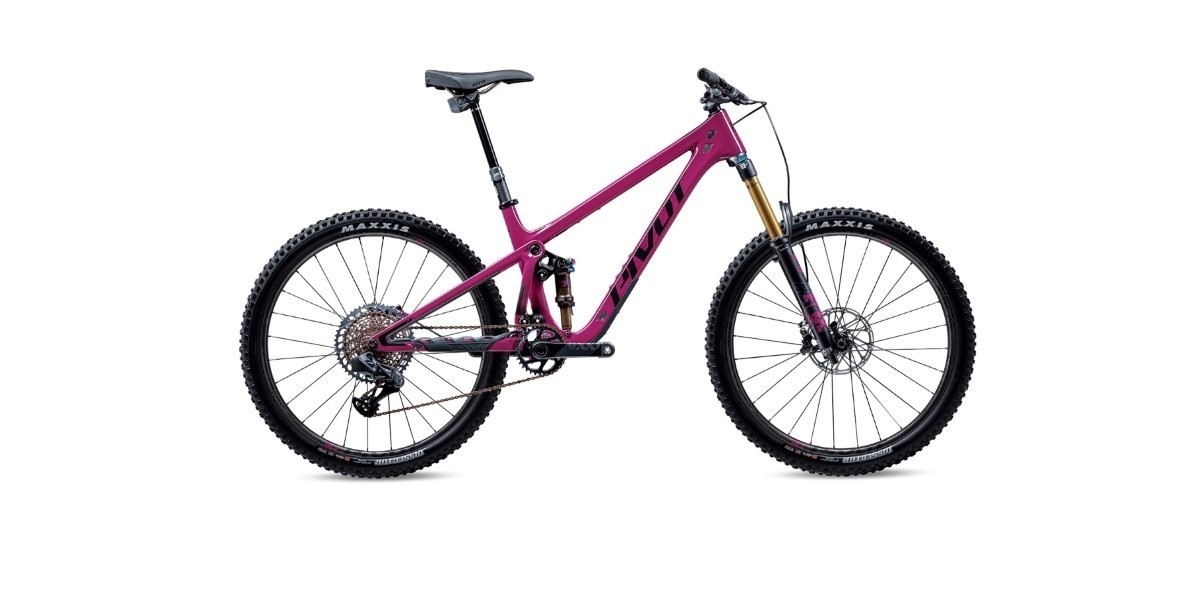
For many decades, mountain bikes emulated the sizing of road bikes. And that was a design mistake because road bikes don’t need to roll over rocky terrain, launch through the air or round tight switchback corners. Road bikes are designed to facilitate bunched group riding, so they are comparatively compact and short.
Mountain bike designers realised that longer frames, with slacker head angles, were much more stable for mountain bikers, when descending technical trails at speed. That trend started influencing mountain bike design in the mid-2010s. The result has been that modern size medium frames are about the size of a large mountain bike from the early 2010s.
The progressive geometry trend proved that riders are more comfortable, faster and confident on longer and larger frames. How does that apply to your bike purchasing decision? If you feel between two sizes, always size-up instead of sizing down.
Ready to get riding?
In conclusion, buying a new mountain bike in South Africa can be an exciting but overwhelming experience. However, by keeping a few key factors in mind, you can make a well-informed decision that aligns with your needs and budget.
Remember:
- When it comes to weight, focus on reducing rotational mass rather than static weight to improve riding efficiency.
- While carbon-fiber components may seem tempting, the durability and repairability of alloy frames and parts make them a more sensible choice for budget-conscious riders.
- Additionally, don't underestimate the importance of quality tires, as they can significantly enhance your ride without breaking the bank.
- Finally, make sure to choose the right frame size, considering the progressive geometry movement and opting for a slightly larger size if you find yourself between two options.
With these expert tips in mind, you'll be well-equipped to embark on your mountain biking adventures in South Africa with confidence and enjoyment. Happy riding - wherever you are!
What do our customers say?



